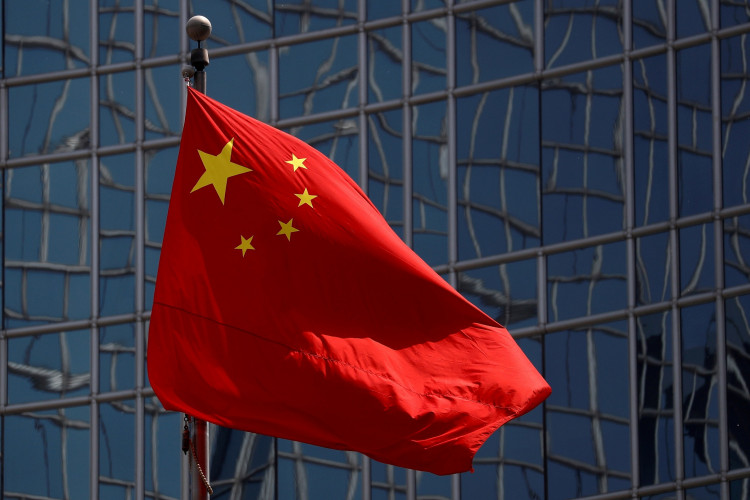In a move reflecting growing concerns about privacy and data security, China has unveiled draft guidelines aimed at curbing the use of facial recognition technology by businesses. The proposed regulations signal Beijing's intent to strike a balance between technological advancement and the protection of individual rights in the world's most populous nation.
The draft guidelines, as reported by the International Business Times, emphasize the need for explicit consent from individuals before businesses can collect or use their facial recognition data. This marks a significant shift from the current landscape, where facial recognition technology is pervasive across various sectors, from retail to transportation.
The proposed regulations come at a time when facial recognition technology has become deeply embedded in the daily lives of Chinese citizens. From making payments at stores to accessing public transportation and even entering residential buildings, the technology has offered convenience but has also raised concerns about privacy breaches and potential misuse.
Under the new guidelines, businesses will be required to obtain clear and voluntary consent from individuals before collecting facial recognition data. This means that businesses will need to provide transparent information about how the data will be used and stored. Additionally, the draft emphasizes the importance of data security, mandating businesses to adopt measures to prevent data leaks, unauthorized access, and other potential security threats.
The move by Beijing underscores a broader global trend where governments are grappling with the challenges posed by rapid technological advancements. While facial recognition technology offers numerous benefits, from enhanced security to streamlined services, it also poses significant ethical and privacy concerns. By introducing these guidelines, China is acknowledging these challenges and taking steps to address them.
For businesses operating in China, the draft guidelines will necessitate a reevaluation of current practices. Companies that rely heavily on facial recognition technology for their operations might need to overhaul their systems and processes to ensure compliance. This could lead to increased operational costs in the short term but could also foster greater trust among consumers in the long run.
It's worth noting that while the draft guidelines are a step in the right direction, their successful implementation will hinge on rigorous enforcement. Ensuring that businesses adhere to the new regulations and that violations are promptly addressed will be crucial for the guidelines to achieve their intended purpose.
In conclusion, China's move to regulate the use of facial recognition technology by businesses is a reflection of the broader global discourse on the balance between technology and privacy. As the country continues to be at the forefront of technological innovation, these draft guidelines could set a precedent for other nations grappling with similar challenges.






